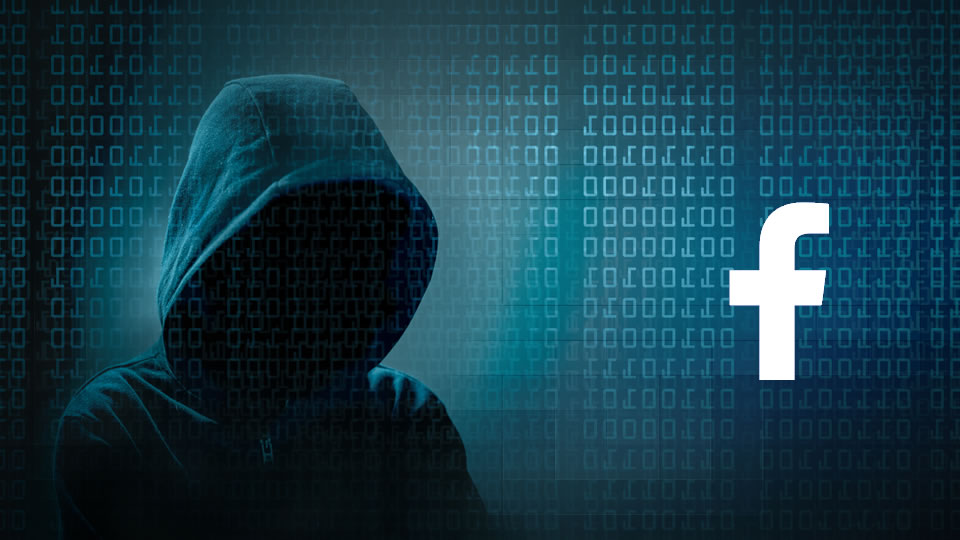Growing cyber threats demand quick action and digital awareness from Indian users
New Delhi | June 2025
As cases of social media hacking continue to rise across India, users of platforms like Facebook, Instagram, and YouTube are increasingly finding themselves locked out of their accounts, often with their identities misused for financial scams or fake content circulation.
Cybercrime units across the country have warned that attackers are exploiting users’ digital habits and weak security measures to gain unauthorized access to personal profiles. Once inside, hackers change login credentials, impersonate the account holder, and in many cases, send distress messages to friends and followers asking for money.
The Indian Cybercrime Coordination Centre (I4C) has reported a marked increase in such incidents since late 2023, particularly in metro cities and tier-2 towns, prompting urgent calls for public digital safety education.
Immediate Steps to Take After a Hack
According to cyber experts and law enforcement officials, time is critical when dealing with compromised accounts. Victims should first attempt to recover access through the platform’s official help tools:
-
Facebook: Visit facebook.com/hacked to secure your profile and reset your password.
-
Instagram: Use the “Get help logging in” feature and report your account as compromised.
-
YouTube/Google: File a recovery request at support.google.com/accounts.
If personal data or money is at risk, users should also file a complaint at www.cybercrime.gov.in, India's national cybercrime reporting portal, and contact the 1930 cyber fraud helpline for immediate assistance.
Expert View: Awareness is the First Line of Defense
Cybersecurity professionals warn that many users fall victim to phishing links, fake login pages, or malicious third-party apps, all of which can compromise login details. “The public often underestimates how easy it is to be tricked online. What appears to be a message from a friend could be a hacker testing your trust,” said a senior cybercrime investigator in Bengaluru.
Digital policy advisor Anoop Mishra, who works on cyber awareness initiatives, stressed the need for proactive education.
“The biggest vulnerability is not the app, it’s the user. People must learn how to recognize digital traps before they become victims,” Mishra said. He recommends enabling two-factor authentication (2FA) and never using the same password across platforms.
Reporting Fake Profiles and Impersonation
In addition to account takeovers, many users are reporting duplicate profiles being created using their photos and names—often used for scams, harassment, or misinformation. Each major platform offers built-in options to report impersonation:
-
On Facebook and Instagram, go to the fake profile, click “Report”, and choose “Pretending to be someone I know”.
-
On YouTube, use the Report Abuse form provided by Google for impersonation complaints.
Victims can also file formal complaints with local police or cyber cells, especially if fraud or defamation is involved.
Rising Numbers and Vulnerable Groups
Teenagers, influencers, and elderly users have been among the most affected in recent months. Verified accounts, in particular, are frequently targeted due to their wide reach and monetization value. In several cases, hacked profiles have been used to promote crypto scams or fake investment offers.
Law enforcement officials are urging citizens to treat their digital profiles with the same level of caution as financial assets. As India’s digital footprint grows, so does the responsibility of users to protect themselves and their communities online.
1. Enable Two-Factor Authentication (2FA)
Always activate 2FA on your social media accounts. It adds an extra layer of security by requiring a verification code, even if your password is stolen.
2. Use Strong, Unique Passwords
Avoid common or easy-to-guess passwords like “123456” or your birthdate. Use a combination of uppercase, lowercase, numbers, and special characters. Don’t reuse the same password across platforms.
3. Never Click on Suspicious Links
Avoid clicking on unknown or shortened links sent via DM, email, or WhatsApp. Phishing is the most common way hackers steal login credentials.
4. Don’t Share OTPs or Login Codes
No official social media platform or person will ever ask for your OTP or verification code. Keep it confidential, always.
5. Be Cautious of Third-Party Apps
Only allow trusted apps to access your social media accounts. Revoke access to apps or games you no longer use.
6. Watch for Duplicate Profiles
If someone creates a fake profile using your name or photos, report it immediately on the platform and alert your contacts.
7. Monitor Login Activity
Regularly check your account's login history and remove any unknown devices or locations.
8. Act Fast if Hacked
If your account is compromised:
-
Report immediately on the platform
-
Visit www.cybercrime.gov.in
-
Call the National Cyber Helpline: 1930
-
Inform your contacts to avoid further misuse
Conclusion
As India’s digital presence continues to grow, so do the risks associated with online identity theft and social media fraud. Hackers target Facebook, Instagram, and YouTube accounts not just for financial gain, but to exploit trust, spread misinformation, and damage reputations.
Staying vigilant, enabling strong security settings, and being aware of the red flags can go a long way in protecting your digital identity. Remember, your social media account is more than just a profile—it’s your personal brand, your reputation, and often, your livelihood.
If something feels off, report it. If you're targeted, act fast. And above all, don’t ignore your digital safety—it matters now more than ever.

